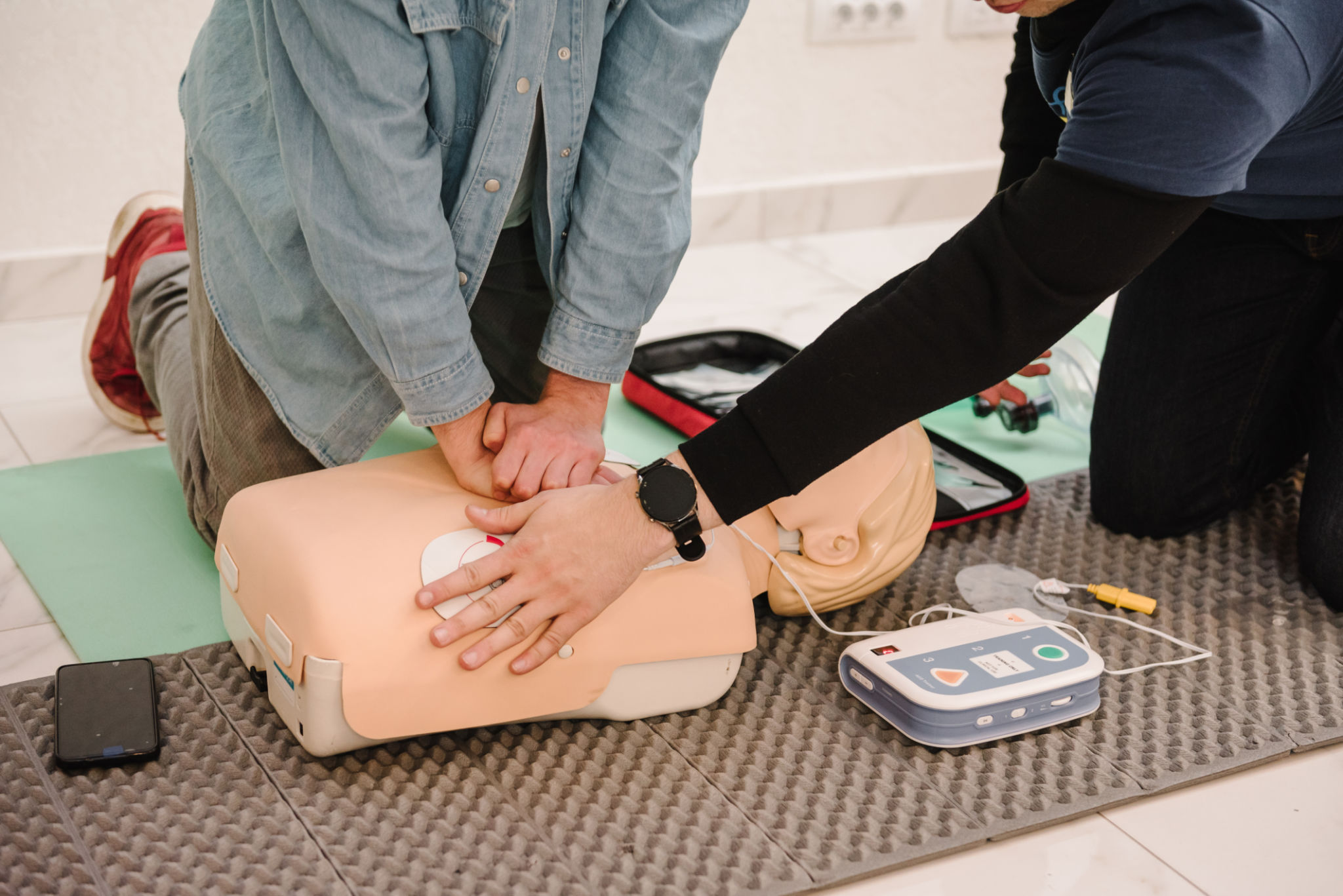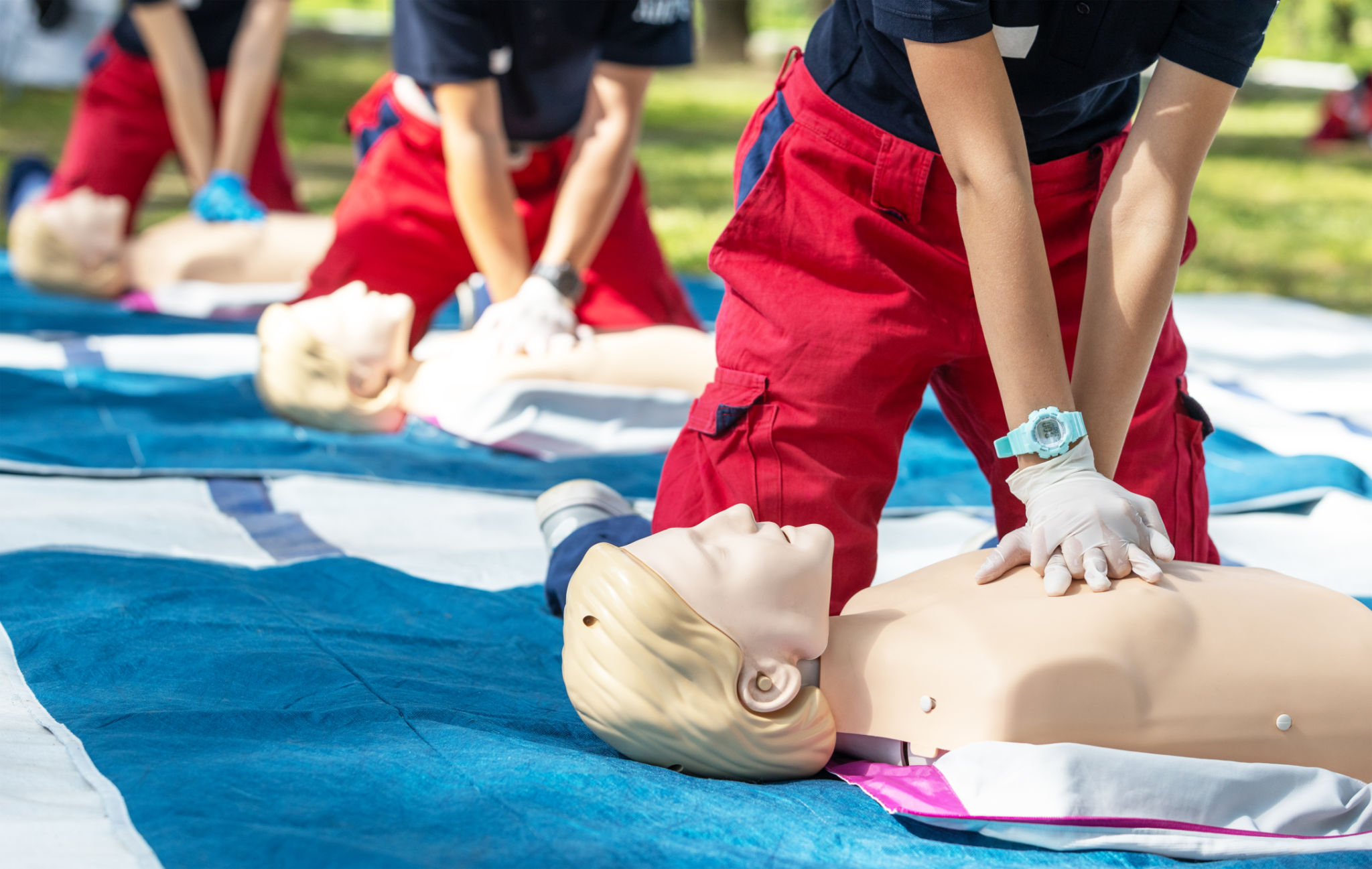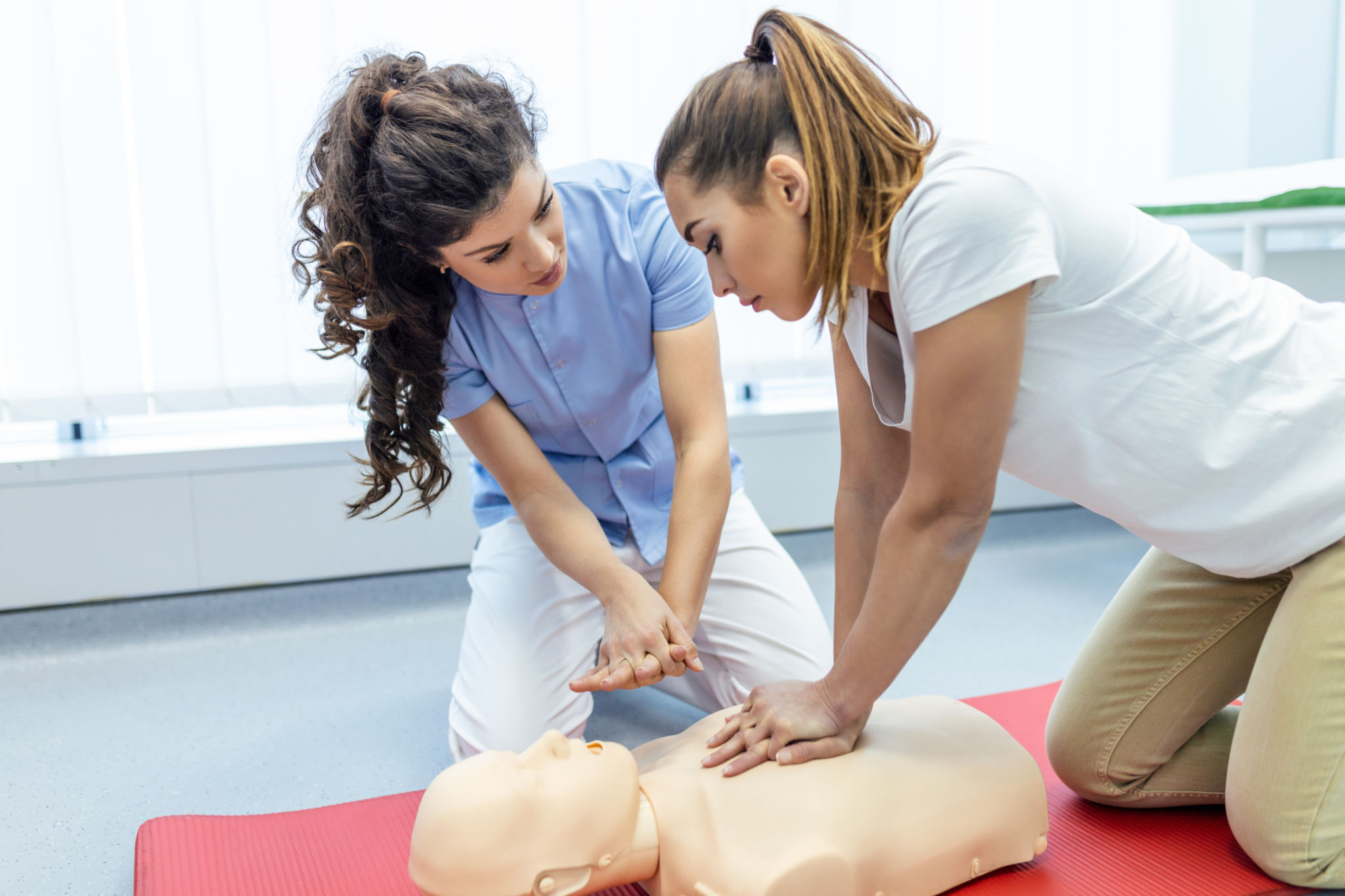The Ultimate Guide to CPR Certification: What You Need to Know Before Enrolling
Understanding CPR Certification
Cardiopulmonary resuscitation, commonly known as CPR, is a critical skill that can save lives during emergencies. Whether you're a healthcare professional or simply someone who wants to be prepared, obtaining CPR certification is a valuable step. This guide will help you understand the essentials before you enroll in a CPR certification course.

Why CPR Certification Is Important
Every year, thousands of lives are saved thanks to individuals who are trained in CPR. In situations where every second counts, knowing how to perform CPR can make the difference between life and death. Certification not only equips you with the skills needed to assist someone during a cardiac emergency but also provides the confidence to act quickly and effectively.
Choosing the Right CPR Course
Before enrolling, it's important to choose a course that matches your needs. Consider whether you need a basic course or an advanced one. Basic courses are suitable for most people, while advanced options may be required for healthcare professionals. Look for courses that are accredited by recognized bodies like the American Heart Association (AHA) or the Red Cross.

What to Expect in a CPR Course
A typical CPR certification course will include both theoretical knowledge and hands-on practice. You will learn how to recognize cardiac emergencies, perform chest compressions, and deliver rescue breaths. Courses often use mannequins to provide realistic practice scenarios.
- Theoretical knowledge about the cardiac system
- Hands-on practice with mannequins
- Guidance on using automated external defibrillators (AEDs)
Online vs. In-Person Courses
With technology advancing, many institutions offer online CPR certification courses. While convenient, they may lack the hands-on practice of in-person classes. If you opt for an online course, ensure it includes a practical component or offers a blended option where you can attend a session for practical skills.
Certification and Recertification
Once you've completed your course, you'll receive a certification card valid for two years. It’s crucial to keep this certification up-to-date through recertification courses, which often cover new guidelines and techniques as they evolve.

Preparing for Your Course
Before attending your CPR course, ensure you meet any prerequisites and gather necessary materials. Wear comfortable clothing suitable for physical activity, as you'll be practicing on the ground. Bringing a notepad for taking notes during the theoretical portions is also advisable.
Conclusion: Taking the First Step
Enrolling in a CPR certification course is a proactive step towards being prepared for emergencies. Whether you’re doing it out of professional necessity or personal interest, the knowledge and skills gained are invaluable. With the right course, you'll be well on your way to making a significant difference in someone’s life when it matters most.